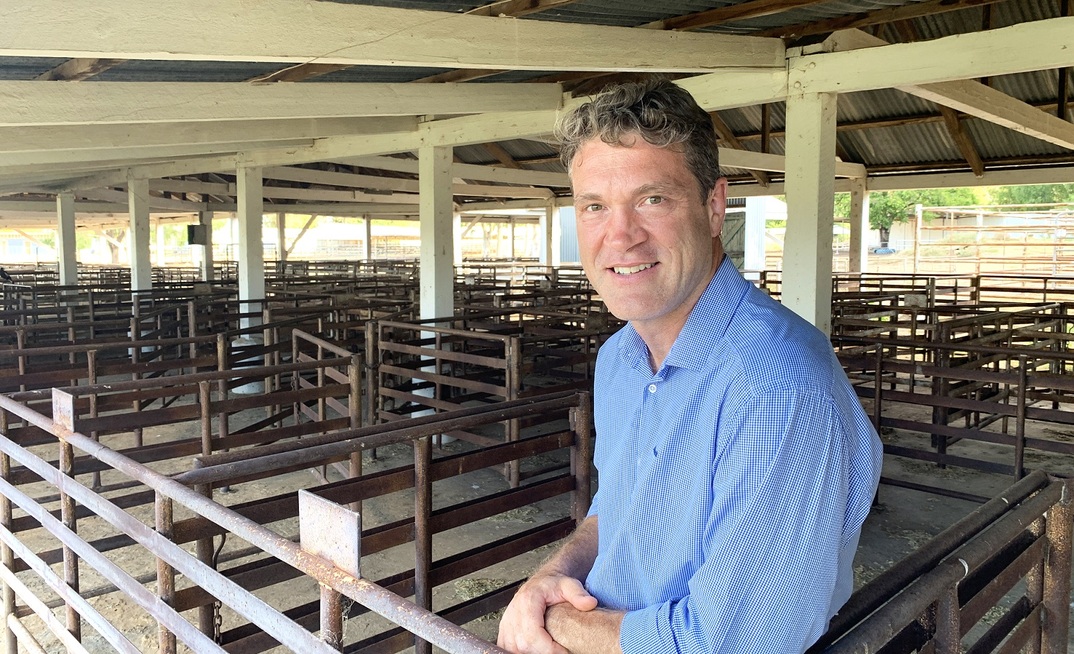AUSTRALIA'S cattle market is sitting in a "state of balance" – with improved beef production waiting on an increase in demand – but an upside in prices is expected towards the end of the year, Rabobank says in its Australian Beef Seasonal Outlook 2024, released today.
The current absence of any strong demand – along with a higher herd inventory, with no real liquidation or rebuilding urgency – means cattle prices are more exposed to changes in producer sentiment, Rabobank says.
And this, in turn, is highly dependent on seasonal conditions.
However, as the year progresses, according to the Outlook's author, RaboResearch senior animal protein analyst, Angus Gidley-Baird, global beef demand, led by the United States market, will start to have a stronger influence on the Australian cattle market, providing upside to cattle prices.
YOU MIGHT ALSO LIKE
Gidley-Baird said there are, though, a couple of ‘known unknowns' to watch, which could weigh on the market.
"With a heavily producer-influenced market, any negative seasonal change could see producer sentiment fall and prices drop accordingly," he said.
"We saw this happen last year with the declaration of El Nino – every dry month, we saw cattle prices drop as producers lost confidence in the market. Furthermore, if demand recovery in Australia's key Asian beef markets fails, our growing production may cause prices to fall."
CATTLE NUMBERS
The rebuild of the Australian breeding herd over the past couple of years is now generating increased numbers of slaughter-age cattle, the Outlook noted.
"We believe Australian cattle slaughter will rise about 15 per cent in 2024 to be close to eight million head," Gidley-Baird said. "Increases in processing capacity with increased labour will also support the rise in slaughter numbers. Eight million head is slightly higher than the 10-year average from 2014 to 2023 and we believe is more reflective of a ‘normal' slaughter volume for Australia."
Gidley-Baird said with the increased slaughter number, beef production is set to increase of 10 per cent to 2.4 million tonnes carcase weight (cwt) for 2024. This is slightly higher than the 10-year average of 2.2 million tonnes.
INCREASING EXPORTS
Gidley-Baird said while domestic consumption of beef is forecast to drop slightly, Australian beef exports in 2024 are expected to rise by 10 per cent off the back of increased production.
"More challenging economic conditions domestically lead us to expect domestic per capita consumption will drop slightly from 23.7 kg/capita in 2023 to 23.4 kg/capita in 2024.
"Although commentary suggests consumers may be trading down to cheaper cuts, data indicates that they are not trading out of beef. With total domestic consumption almost static, all the increased production will be sent to the export market, leading exports to increase by almost 10 per cent to 1.2 million tonnes cwt, the highest volume of exports since 2019."
The Rabobank report says demand in key Asian markets, although soft, is expected to improve in 2024.
"The US is also expected to be a strong importer of Australian beef in 2024," Gidley-Baird said.
"Following an 84 per cent lift in exports in 2023, we are expecting a further increase in Australian volumes to the US in 2024."
























